Mountain Bike Trail Rating System
Mountain bike trail rating system. The TDRS which is used to grade mountain bike trails according to their relative technical difficulty underwent a further revision in. The IMBA Trail Difficulty Rating System can. This codes correspond to difficulty ratings and they are supposed to give you the answer to the question how hard would this trail or tour be The first thing you need to know is that up to now there is no such thing as an international officially recognised trail difficulty rating for mountain bike roads.
The Trail Difficulty Rating System TDRS outlined below provides seven levels of difficulty for mountain bike trails. As your confidence and abilities grow you can push yourself to try out the next level of trails. The IMBA uses a 5 tier trail difficulty rating system.
The IMBA Trail Difficulty Rating System is a basic method used to categorize the relative technical difficulty of recreation trails. Its called the IMBA Trail Difficulty Rating System TDRS and despite its flaws it seems to be a pretty good start at standardizing trail ratings. A Bicicleta Certa no Tamanho Certo.
Climbs and descents are mostly shallow but may include some moderately steep sections. Less than 5 average. White easiest and green easy difficulty levels.
Trail conditions mud ice slippery rock etc danger risk of falling weather conditions rain wind fog and snow light conditions. The IMBA Trail Difficulty Rating System is a basic method used to categorize the relative technical difficulty of recreation trails. IMBAs Guide to Building Sweet Singletrack.
7 or less average. Furthermore this mtb trail difficulty rating system is independent of elements that do not relate to the mountain bike technique or variable factors such as. Sections will be challenging and variable.
Expect walking and possibly bike carrying. As good as any grading system may be trail surfaces will vary throughout the year -.
Help trail users make informed decisions.
10 or less average. Mountain Bike Trail Rating System. The most noticeable differences are the inclusion of suspension on the fork and possibly the. White easiest and green easy difficulty levels. As good as any grading system may be trail surfaces will vary throughout the year -. Encourage visitors to use trails that match their skill level. But we also have trails like Lupine that come in at a blue square but have a flow to tech rating of 1. The TDRS which is used to grade mountain bike trails according to their relative technical difficulty underwent a further revision in. Grandview Mountain Track Nydia Track.
Can include any useable trail surface and may include exposed open hill sections. The IMBA uses a 5 tier trail difficulty rating system. 20 or less average. But we also have trails like Lupine that come in at a blue square but have a flow to tech rating of 1. This codes correspond to difficulty ratings and they are supposed to give you the answer to the question how hard would this trail or tour be The first thing you need to know is that up to now there is no such thing as an international officially recognised trail difficulty rating for mountain bike roads. Almost all trails in the greater North Texas area use the standard IMBA Trail Difficulty Rating System to let riders know what they might expect to find on any given trail. As the chart above shows the unavoidable.


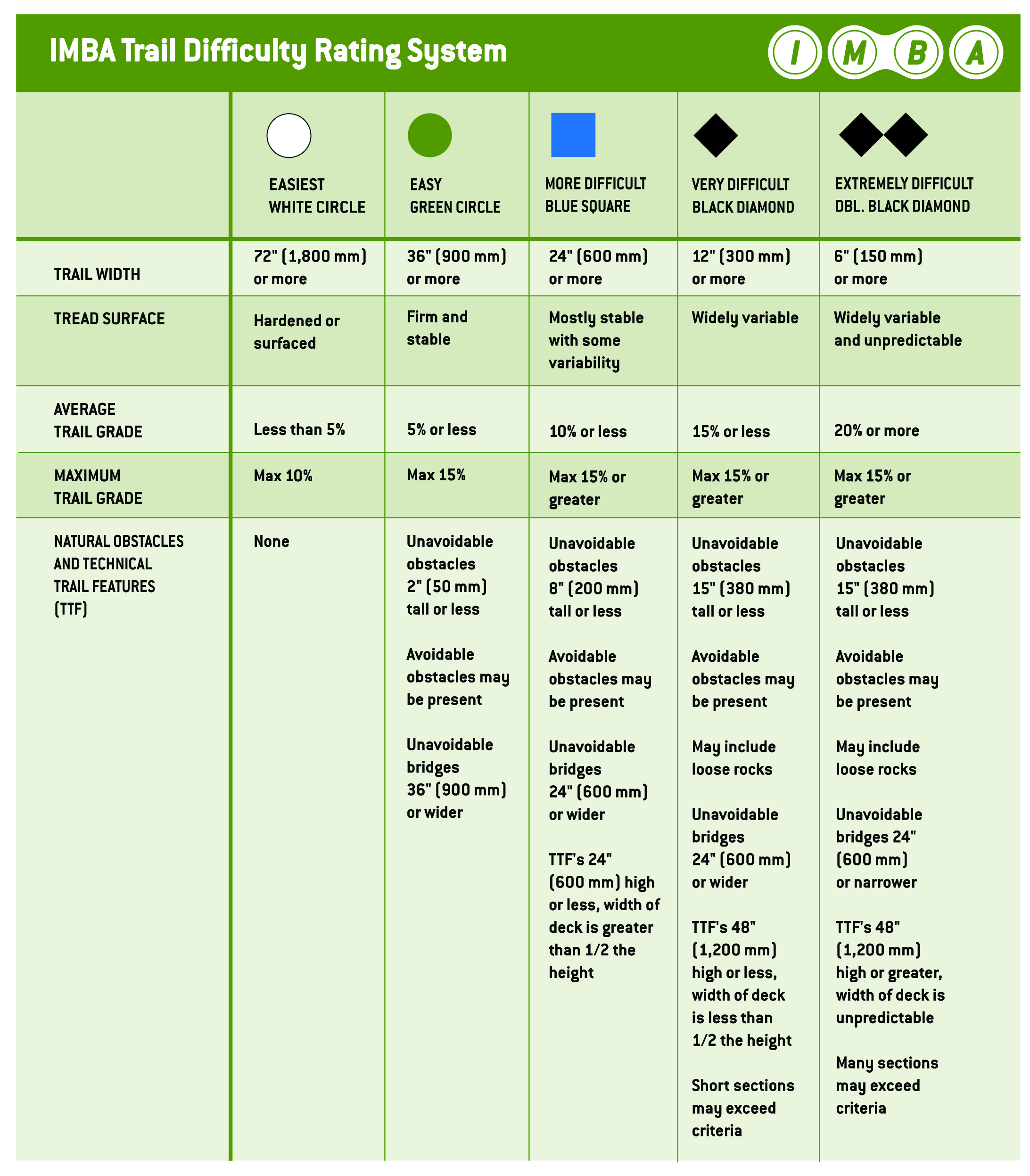
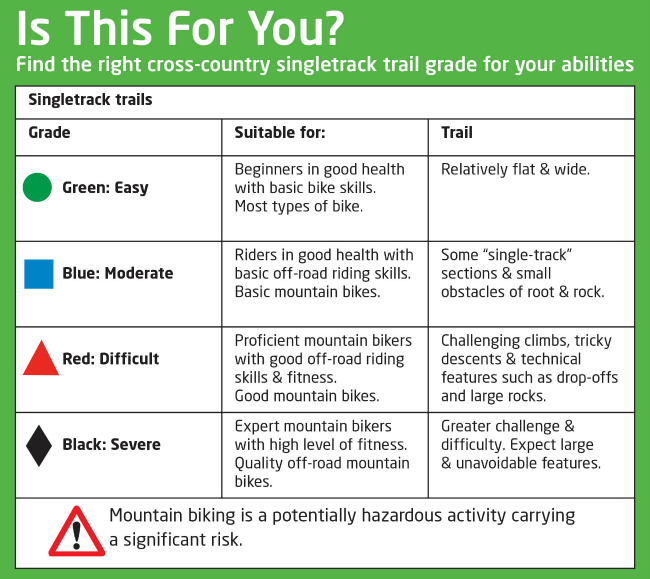






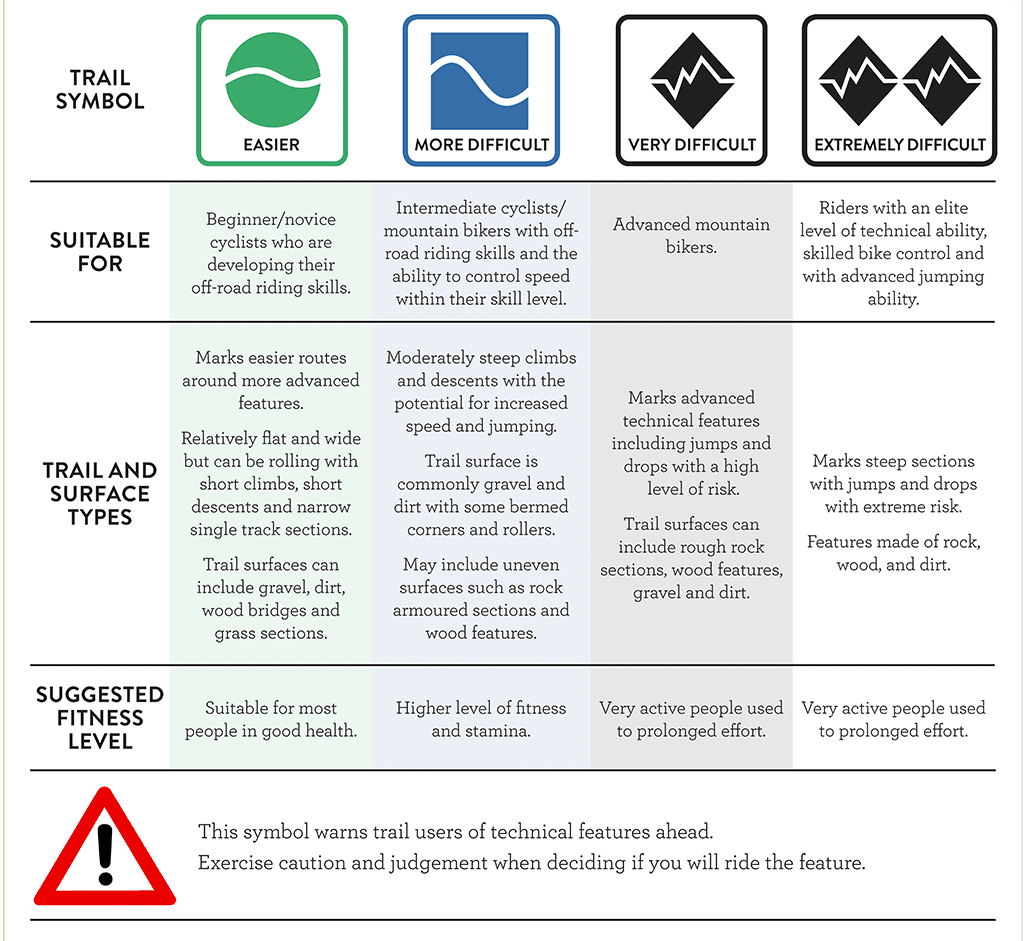





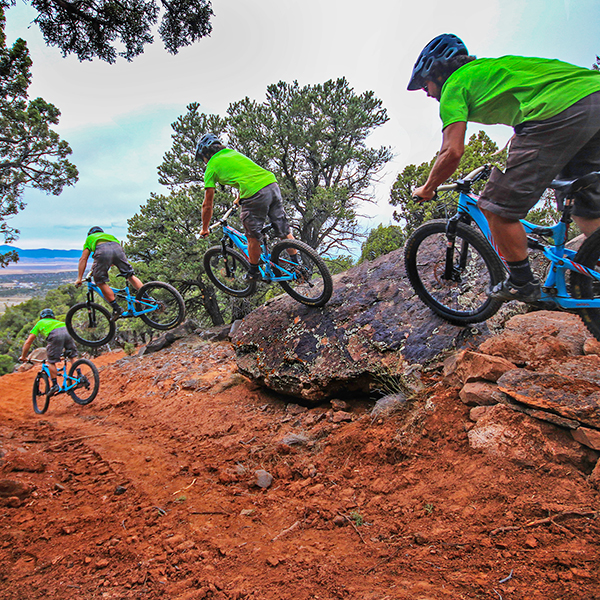
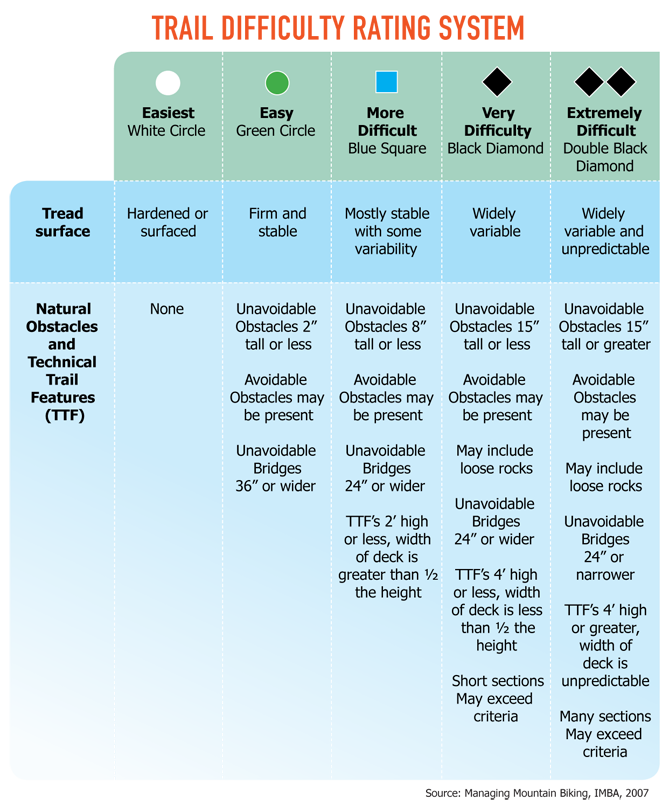


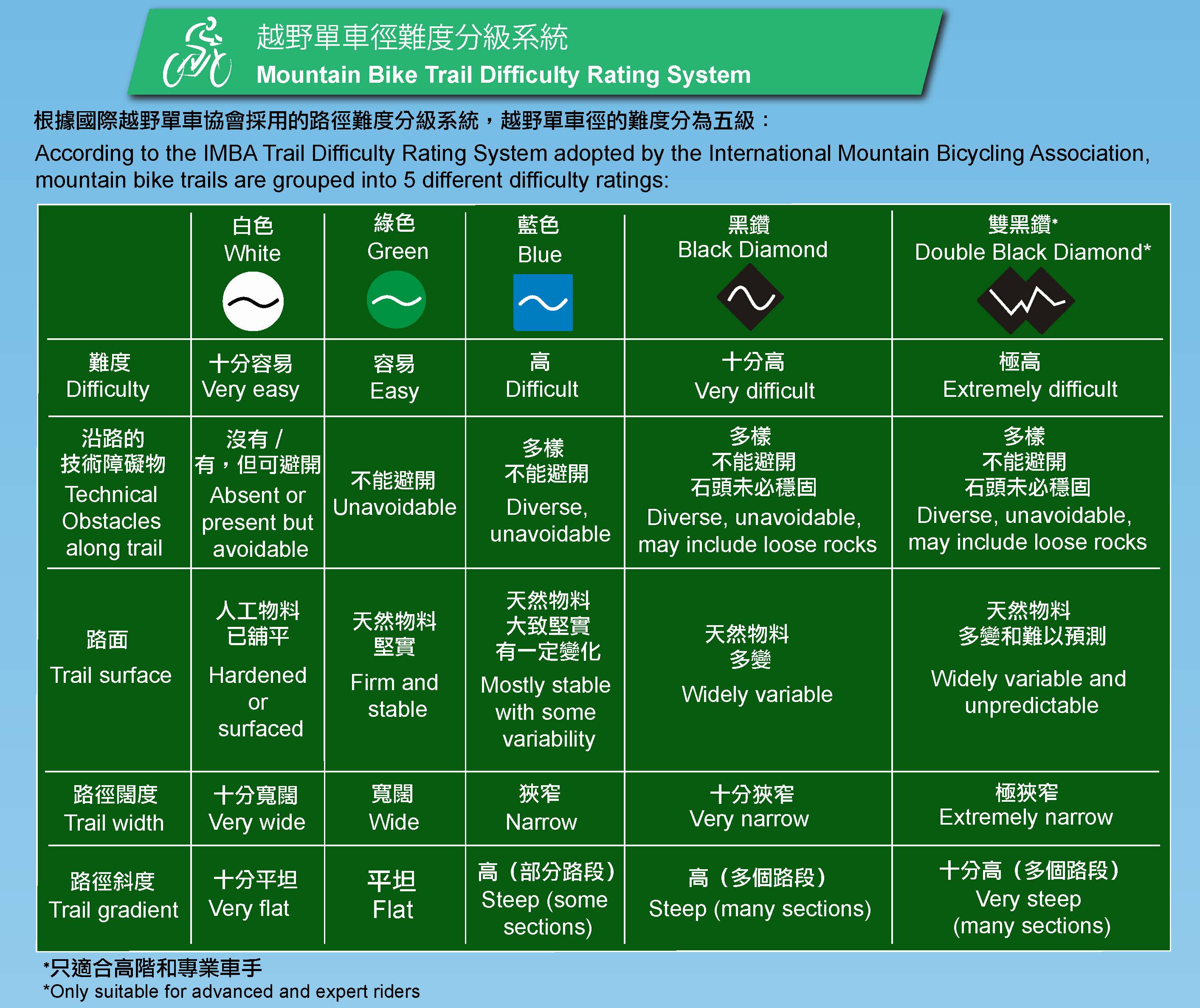










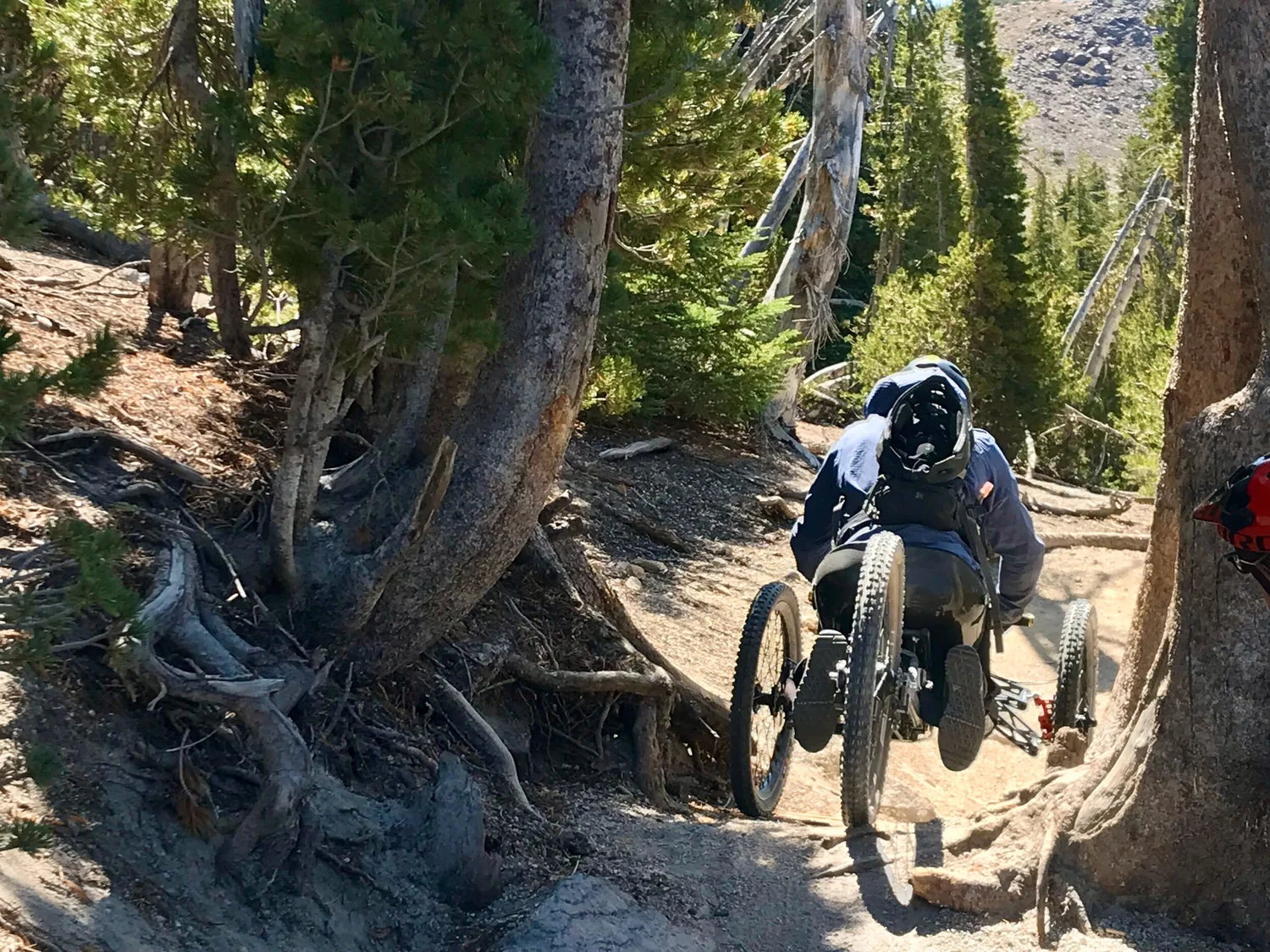
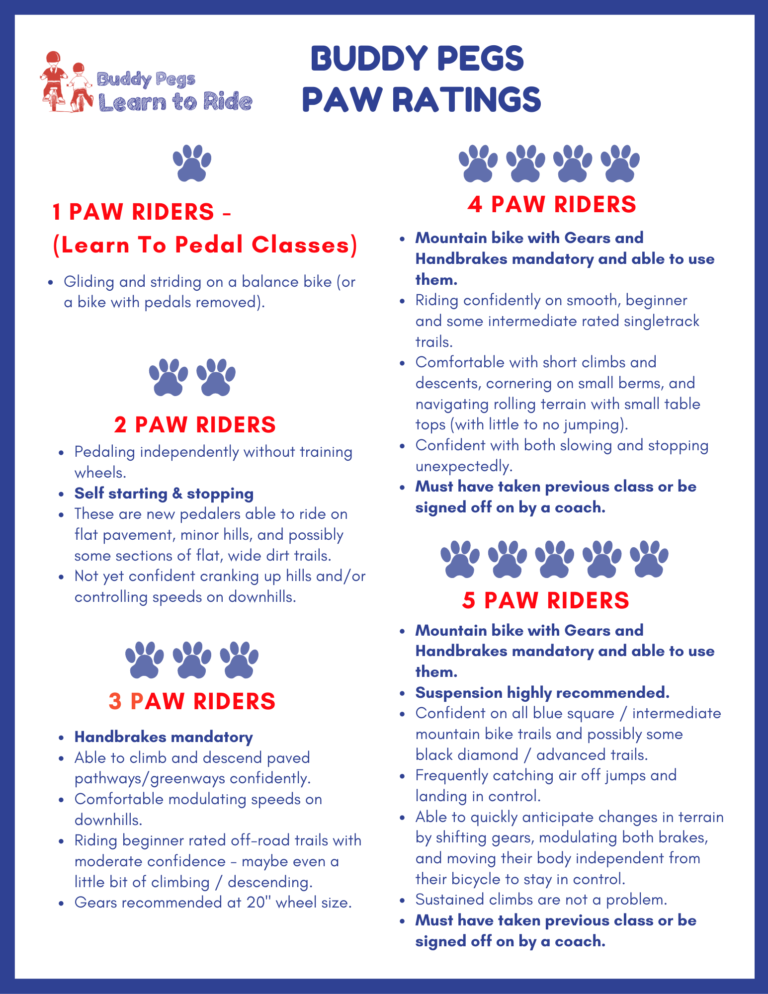
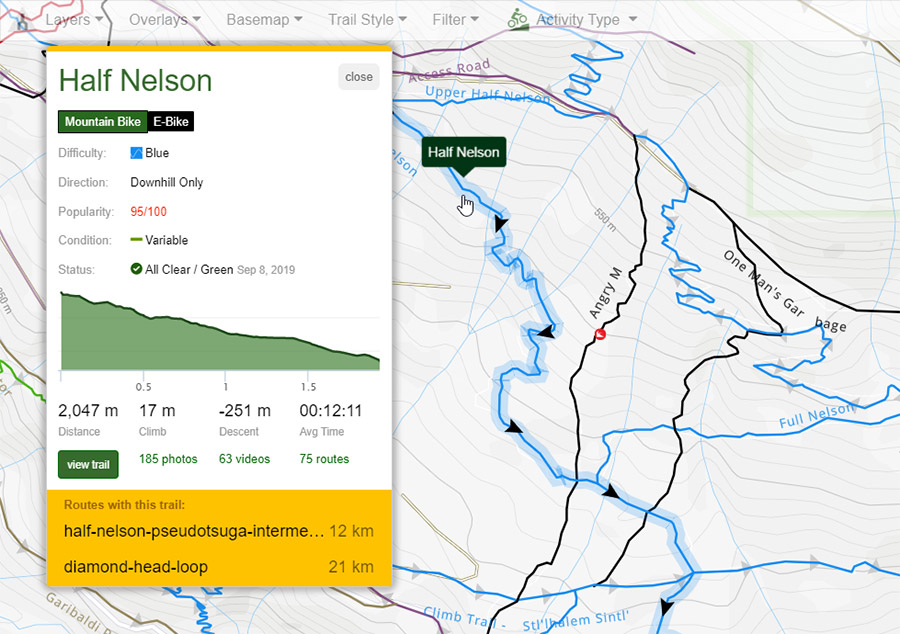
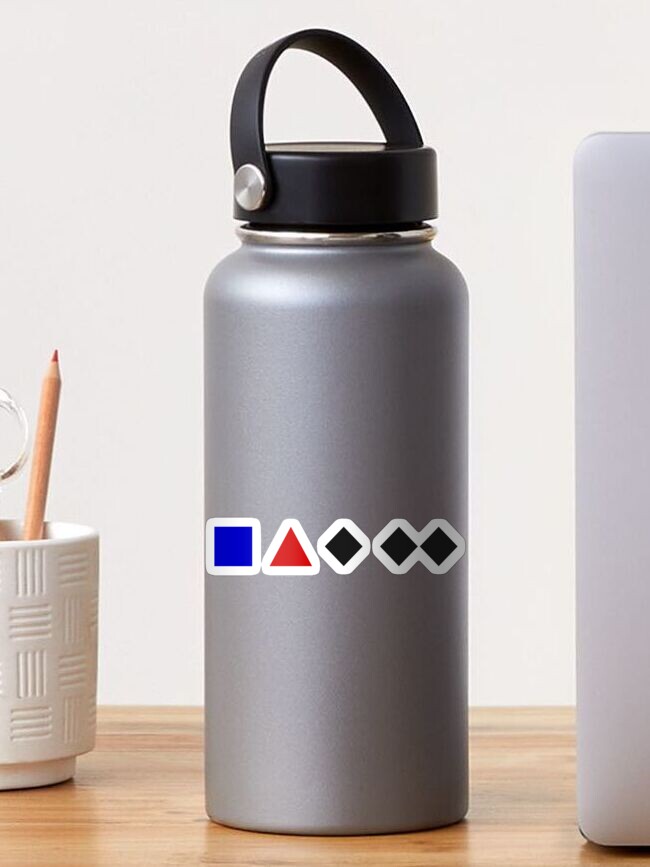



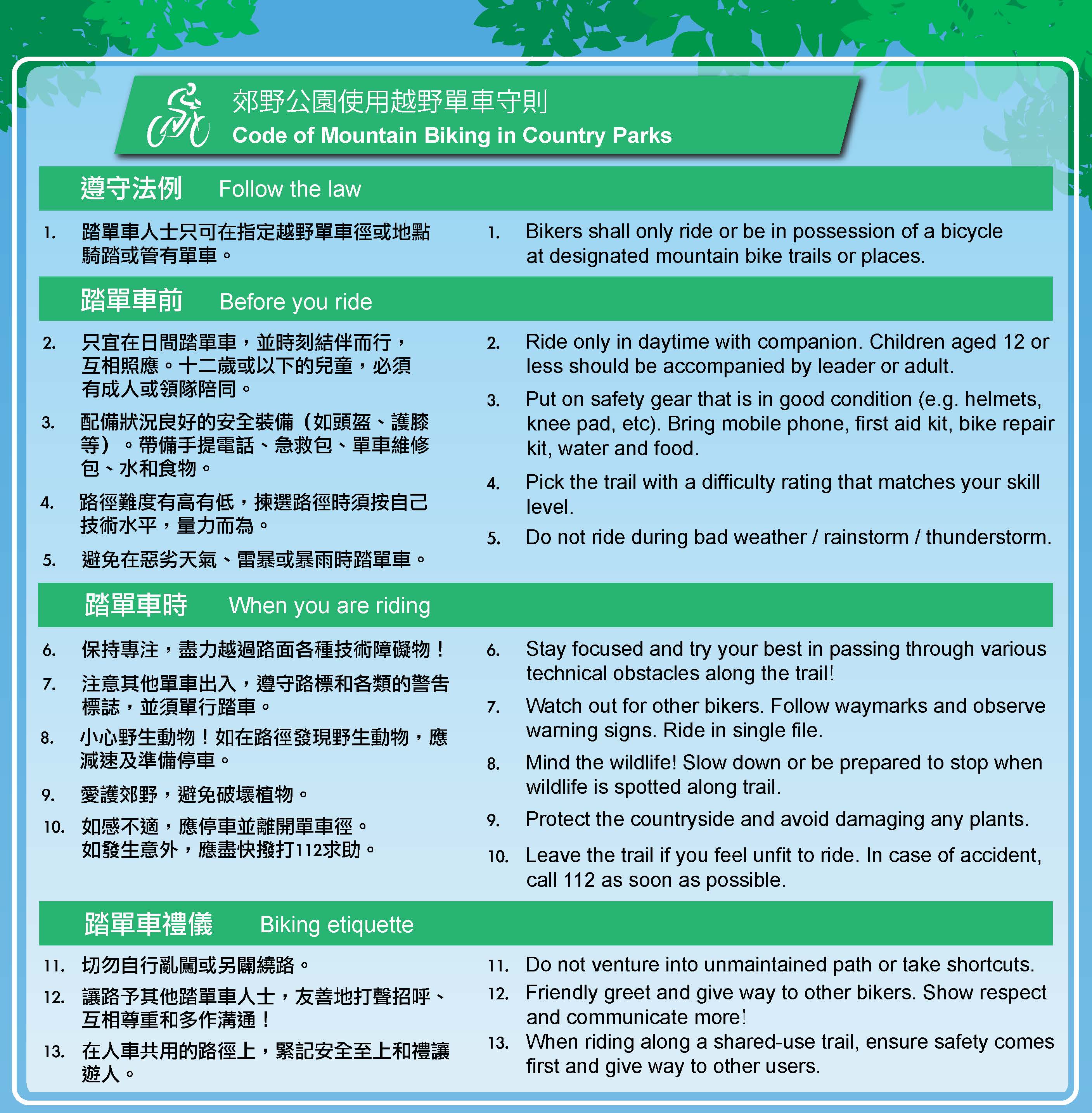
Post a Comment for "Mountain Bike Trail Rating System"